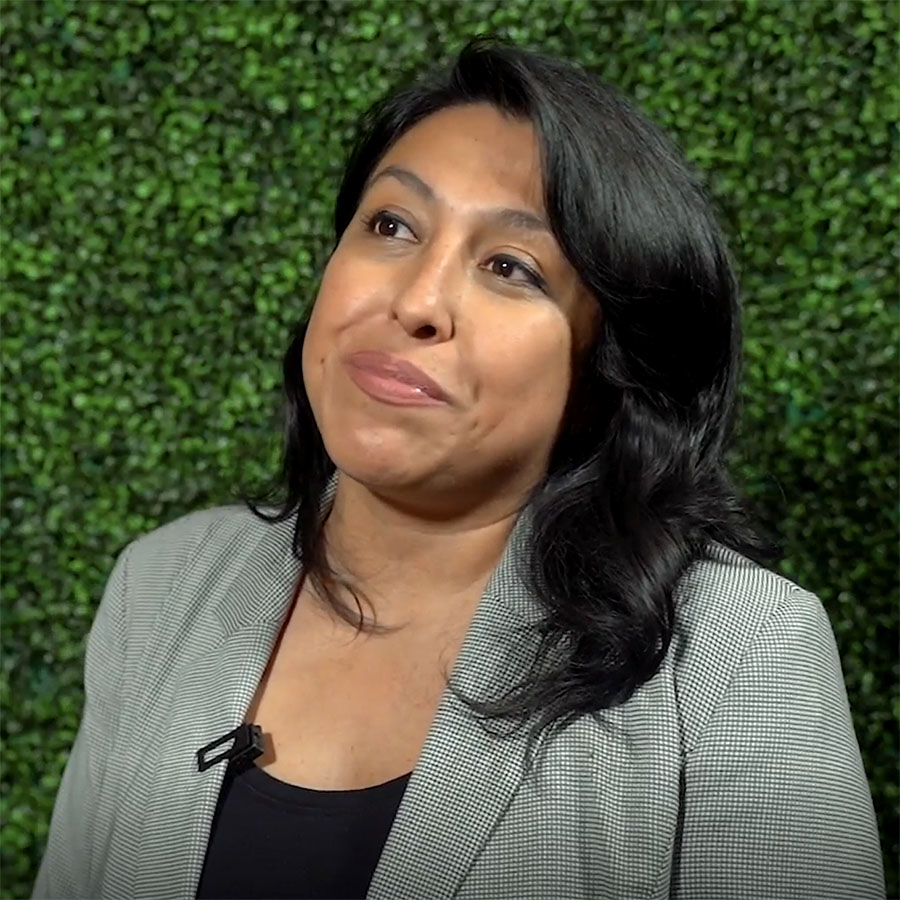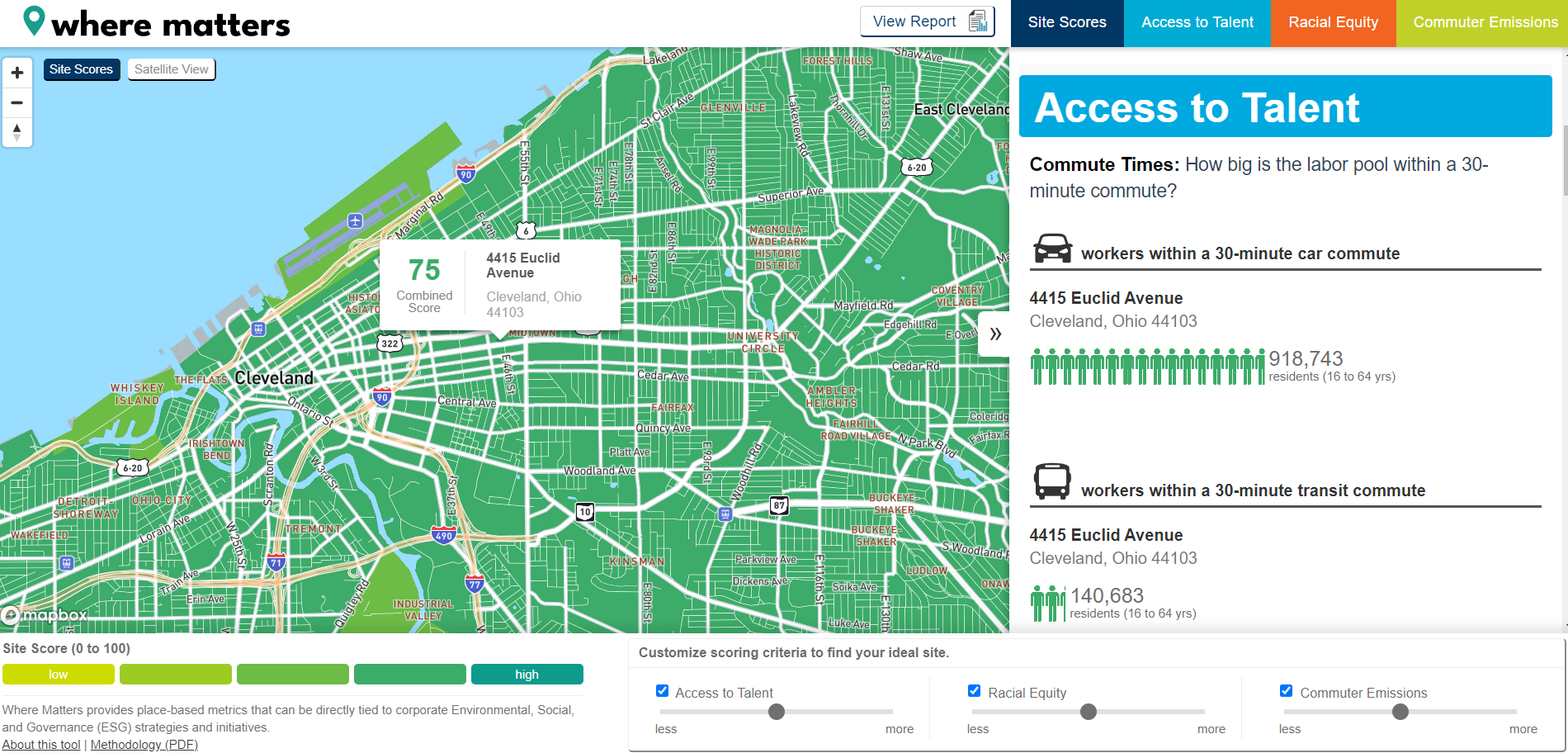The City of Chicago saw record rainfall in the Spring of 2017, and April ranked in the top ten warmest and wettest Aprils since records began in 1872. Between January and July of this year, Cook County waterways saw nearly twice the number of combined sewer overflows that occurred between January and July of 2016. These rainfall records bear out the 2014 U.S National Climate Assessment projection that the Midwest will face increasingly frequent and severe storms resulting in more rainfall over a shorter period of time. The Metropolitan Water Reclamation District’s work on the Tunnel and Reservoir Plan (TARP) is meant to help achieve the directives laid out in its recent settlement with the U.S. EPA under the Clean Water Act, but, as evidenced, it will not be enough to keep our waterways free from sewer overflows during these storm events that will continue to grow in intensity. Additionally troublesome is the underreported number of basement backups that occur during heavy rainstorms. When combined sewers reach capacity, their mixture of raw sewage and stormwater backs up into local basements, causing undue stress and health concerns for residents. There are good solutions to these impacts, but they do not include another tunnel. Instead, they are a large number of distributed green infrastructure systems that can handle intense rainfall locally, over a longer period of time, for less money.
Distributed green infrastructure
Studies show that a number of distributed green infrastructure features, including green roofs, bioswales, porous pavement, trees, rain gardens, pocket wetlands, and cisterns are very effective at handling the first 1 – 3 inches of local rainfall runoff before it accumulates and becomes more difficult to manage. These features infiltrate, evaporate, and collect the runoff, allowing the existing stormwater sewer systems to work more effectively. First, by reducing the total volume of runoff, distributed green infrastructure reduces peak flows discharged to streams and sewer systems, reducing backups, flooding, erosion, and sedimentation. Second, by removing the pollutants in the first flush of a storm’s runoff, green infrastructure features prevent the clogging of sewer pipes with debris and sediment, ensuring that they remain at full capacity and improving the quality of any overflow runoff.
Partnership between CNT and MWRD
At CNT, we’re encouraged by MWRD’s commitment to distributed green infrastructure and flood protection devices. TARP belongs to a set of necessary solutions that includes commitments to utilizing green infrastructure and landscape improvement, pollution prevention, and using technology that tracks potentially damaging rainfall events.
CNT is pleased to partner with the District to demonstrate the efficacy of these approaches in the Chatham neighborhood of Chicago. In a community with a history of chronic flooding, CNT developed the RainReady Chatham Plan, which identifies solutions to assist individual residents and the larger community in solving their flooding challenge. We look forward to completing the Chatham projects this summer, and hope they will set a precedent as best practices for other communities in the City that seek relief from urban flooding.





 Strengthening Transit Through Community Partnerships
Strengthening Transit Through Community Partnerships